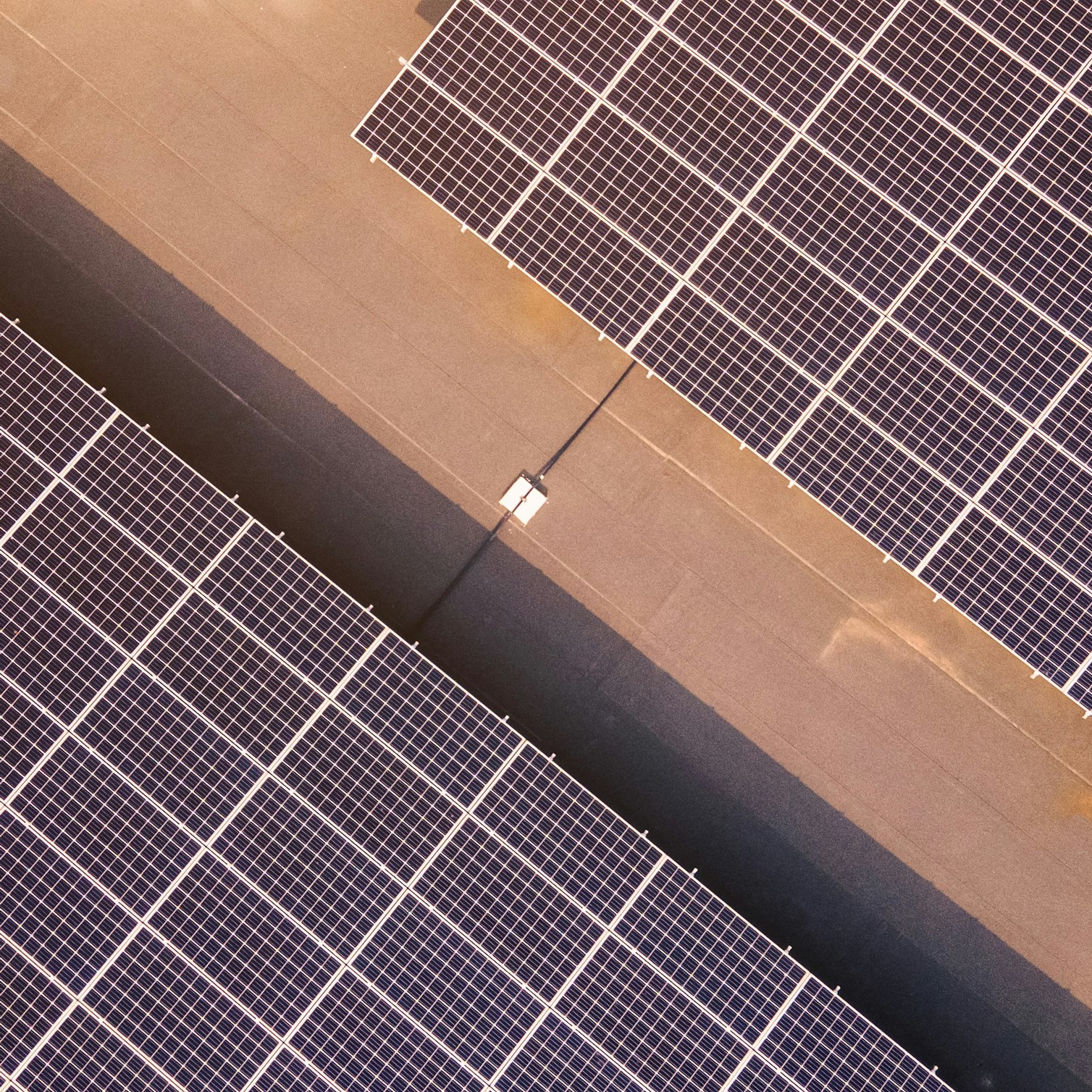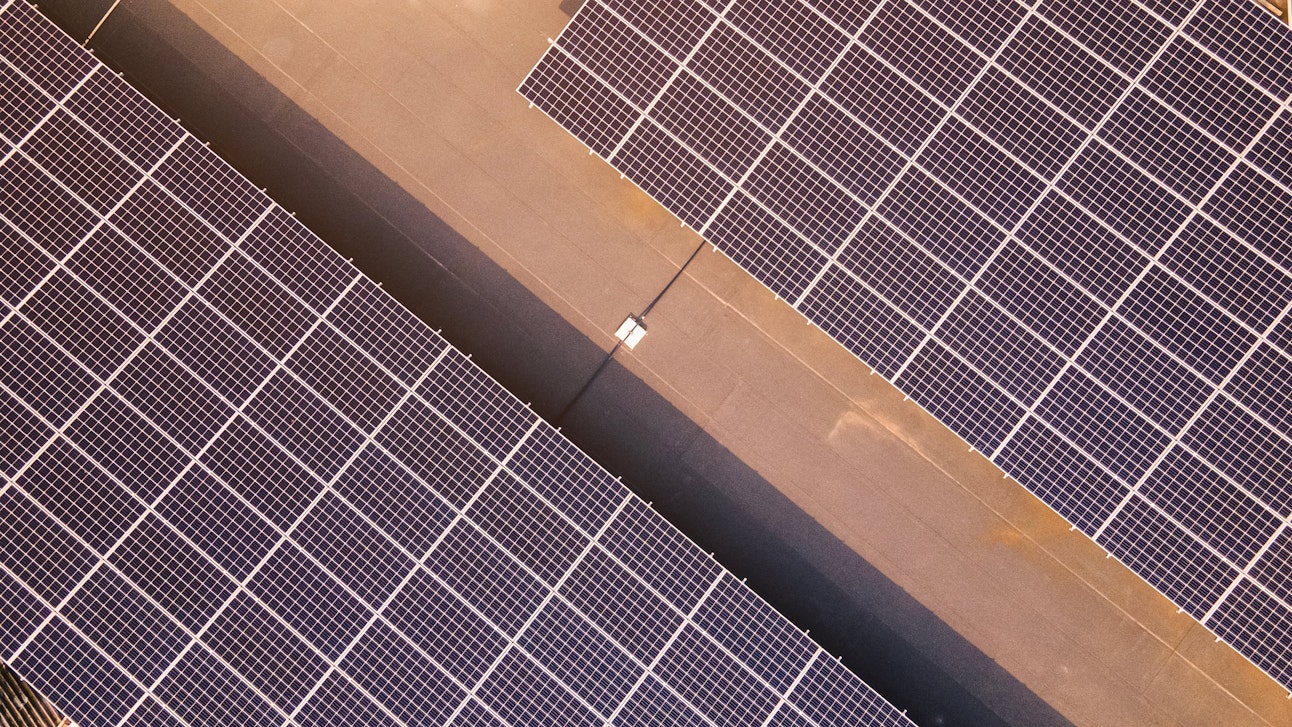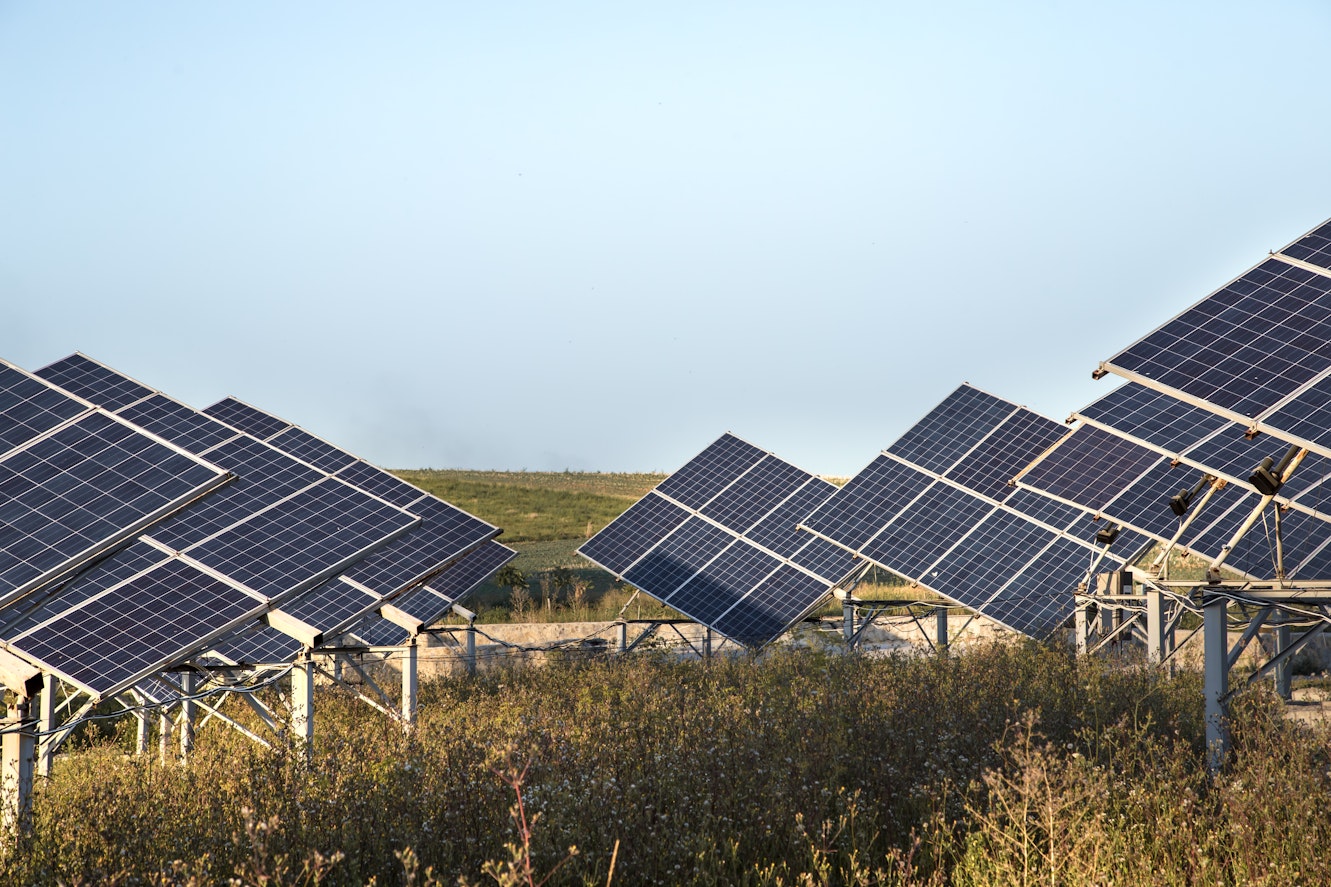- Solar energy blog
- Ultimate guide to utility-scale PV system losses
Ultimate guide to utility-scale PV system losses



Content
As the rollout of solar photovoltaic (PV) capacity ramps up, it is important for plant designs to avoid system losses and maximize output of clean, renewable power generation.
System losses are the losses in power output from an installation in a real-world environment. They are accounted for as percentage reductions in output in project design calculations.
PV system losses have a considerable impact on a plant’s realized power output and overall efficiency. Effective project design takes into account the major causes of system losses and incorporates solutions to minimize their impact on power output.
Types of losses in utility-scale PV systems
There are several different types of system losses with various causes, such as the environment, weather, and load. Most are issues that need to be addressed at the design stage, while maintenance can go some way to limit those losses.
Let’s look at how much the different types of losses can affect output

Shading losses
Shading the surface of solar panels from direct sunlight can result in around 7% system loss. As solar cells are linked in groups, the shading of one cell blocks part of the power flow and affects the entire panel’s output. Disruptions to the flow can also cause hot spots, which can damage the panel.
The extent of shading loss is primarily influenced by the plant design — key elements such as the pitch distance, and the location of the panels to avoid buildings, trees, and other light obstructions play a significant role. But regular maintenance can also reduce shading losses by ensuring that panels do not become overshadowed by new trees and plants, or other structures.
Modern PV panels have bypass diodes, which enables the current to flow around cells that may be blocked by shading. However, the cell output is still lost and bypass diodes are prone to failure.
Dust and dirt
Soiling from dust and dirt can average around 2% system losses in locations where there is rainfall throughout the year. But at sites near industrial centers and in dusty regions with limited rainfall, losses could reach 6-7%.
The angle at which panels are tilted affects the buildup of dust or snowfall, while other obstructions such as bird droppings can accumulate over time and become difficult to remove.
The tilt angle is determined during the design stage and can be adjusted to reduce dust and dirt accumulation while taking into account other factors, such as the optimal angle for sunlight absorption and shading from adjacent rows.
Maintenance is important for reducing soiling losses, as cleaning panels every six months can increase output by 3-5% on average, and as much as 25% in dusty locations. While rainfall can remove some dust and dirt from panels, it is unlikely to clean off all surface grime and is not a substitute for regular cleaning.

Reflection
There is some loss of output around 2.5% when sunlight reflects off panel surfaces rather than being absorbed to generate a current. Solar panel designers continue to research ways to increase efficiency by reducing surface reflectivity to boost light absorption.
At the project stage, the choice of panel is an important consideration to reduce reflection losses. Using granular paint additives to roughen panel surfaces or adding another light-trapping mechanism can also limit losses.
Spectral
Solar cells do not convert all of the light wavelengths the sun transmits. But they are optimized to broadly convert most of the visible light and half the infrared light that hits them, maximizing electrical output. Manufacturers are working on ways to increase light absorption from different wavelengths, but this is difficult to address at the project design stage.
Light-induced degradation (LID) affects a large volume of crystalline silicon cells in the first few days after they are installed due to exposure to sunlight. This can cause losses of 0.5-1.5% but only affects certain module types, making the choice of module an important factor in limiting losses.
Irradiation
The reduction in irradiation is referring to the Standard Test Conditions (STC) rating results. In real life, the modules will not be operating at the STC conditions, therefore there’s a degradation in efficiency close to 1.5%.
Thermal
One of the biggest system losses is caused by high temperatures — for every 1°C above 25°C the output from a solar cell drops by 0.5%. Researchers continue to look at ways to reduce thermal losses, such as increasing air circulation.
Proposed hybrid PV-thermal solar panels are designed to cool the cell surface with water and recover the heat they generate for use in buildings or other applications.
Array mismatch
Mismatch occurs when two or more panels produce different levels of energy, either because of partial shading, different string lenghts, or slight differences in the electrical characteristics of the cells. There can be mismatches in entire strings because of poor orientation or panels facing in different directions.
Besides this, the manufacturing process naturally results in slight variations as no two modules are entirely identical. Cells are manufactured with a tolerance of between +/-1.5% and +/-5%, so in real-world conditions they will not produce identical amounts of energy. Modeling tools such as RatedPower solar design platform, allows users to choose the value for this module quality, as well as the mismatch caused by the varying power of these modules which will originate some electrical loss.
DC cable losses
Losses from current flowing through DC cables cannot be eliminated but they can be minimized. Electrical resistance causes voltage to drop in the cables when the current flows, and power is lost through heating. The higher the current the greater the heating effect and the more it becomes a factor across connections.
Correct design and regular maintenance of the cables are the main ways to reduce energy losses from DC cables. PV system designers use cable sizes that limit losses to less than 1% of peak output.
Inverter losses
For utility scale solar projects we have string and central inverters. They usually have an efficiency rate of around 95- 98%, but it can change depending on other aspects. Two of the most important factors that affect inverter efficiency are temperature and load. It is important to ensure that inverters are well-ventilated and shielded from direct sunlight, and plant designers should also make sure inverters are correctly matched to the panels and are not too small or too large — particularly if the system will be expanded in the future. On average, the inverters should be replaced every 10 years.
AC cable losses
As with DC losses, system losses from AC cables are unavoidable and project designers typically account for losses of 1%. The only way to limit AC cable losses is by selecting the correct components and installing cable runs of appropriate sizing with the shortest lengths possible.
Plant engineers assume another 2-3% in losses from equipment downtime as a result of faults or grid outages. Panel degradation causes around 0.8% in power losses every year.
How to decrease PV system losses
As we have seen, most of the causes of PV system losses are related to design factors or component characteristics.
Project designers should be mindful and choose the right cabling, as well as limit shading effects. Once the plan is operational, regular maintenance will reduce system losses from shading and other aspects.
In addition to incremental gains from limiting losses, plant designs can incorporate automatic solar panel trackers.
Solar trackers adjust the angle of PV panels throughout the day so that they follow the direction of the sun across the sky, maximizing power output. Single-axis trackers that move horizontally can absorb up to 45% more solar energy, offsetting system losses, while dual-axis trackers that move horizontally and vertically can recover as much as 65% more. Although, trackers are not suitable in all conditions, and they add to system costs as well.
How agrivoltaics affect utility-scale PV
Agrivoltaics, also known as agrophotovoltaics — the dual use of land for agriculture and solar PV plants — can actually increase solar performance, as the vegetation underneath modules can reduce soil temperatures, in turn reducing energy losses from underground cabling.

Grazing livestock around solar panels controls plant growth to limit interference with the way panels function, reducing damage and operating costs. Using tilled agricultural land also has the benefit of reducing geotechnical risks as less testing is needed.
How global warming affects utility-scale PV
Solar PV generation is key in mitigating the impact of climate change. But changes in environmental conditions already underway, could potentially affect solar irradiance, surface air temperature, and surface wind velocity.
Studies indicate that climate change could reduce PV system output by 10–12% in Scandinavia, with slightly higher output in southern Europe.
By understanding the impact of various factors on PV system losses and potential solutions, utility-scale project designers can apply appropriate percentage losses to their calculations and ensure that their system performance estimates are as accurate as possible.
For more resources on utility-scale PV plant design, industry trends, and forecasts, check out RatedPower’s guides.
eBook: Minimize your shading losses with RatedPower
Download this eBook to examine what shading losses are, the different types of shading, and how you can minimize the shading losses of your next PV installation.

Latest stories
Related posts
Technology and engineering
Innovation in renewable energy: Developments expected in 2025
We look at the 10 biggest renewable industry developments that are making a green future possible, including perovskite solar cells, green hydrogen, and more.
Updated 18 MAR, 25

Market analysis
Breaking down solar farm costs: Free template inside
Updated 27 SEP, 21

Market analysis
Solar energy in Australia: a 2021 market analysis
Updated 11 MAY, 21

- RatedPower
- Solar energy blog
- Ultimate guide to utility-scale PV system losses

